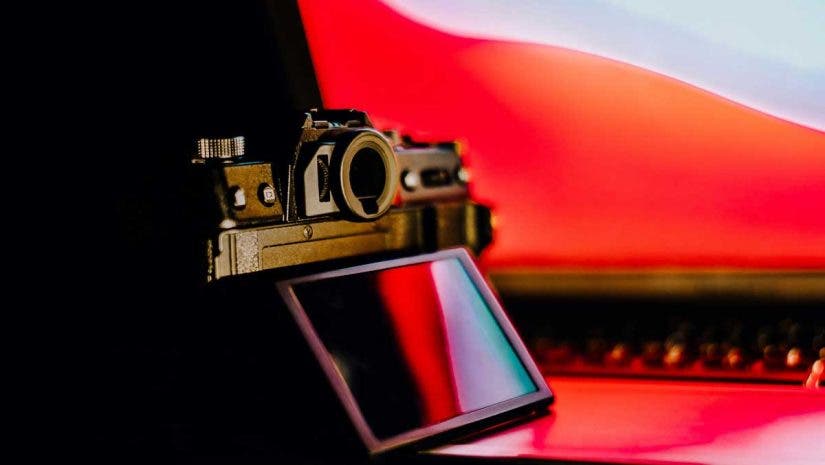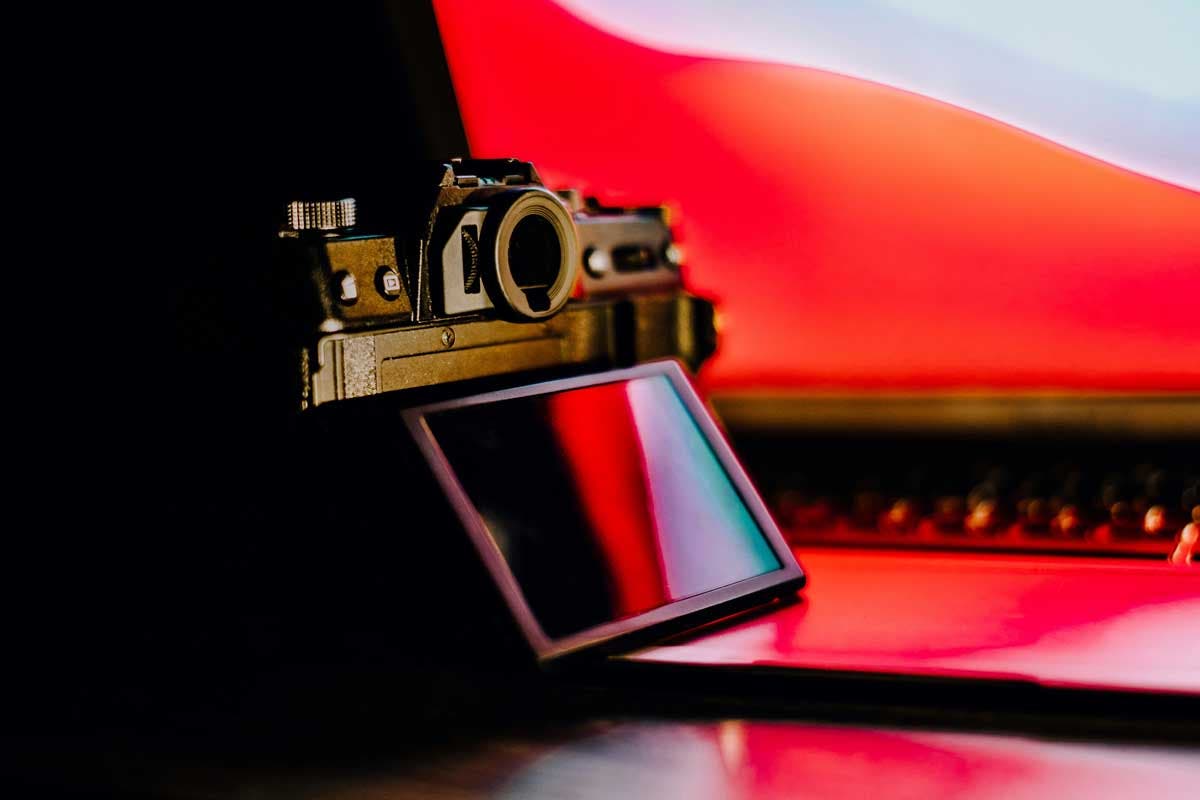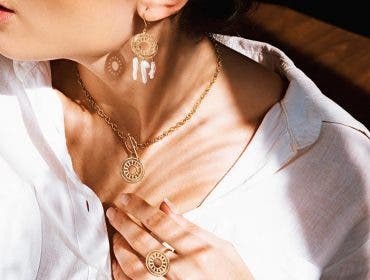If you’ve been shooting seriously for ten years or less, you may be wondering why companies and photographers often refer to digital cameras as mirrorless. This is likely because a huge proportion of interchangeable lens cameras on the market are mirrorless cameras. You might ask yourself, what is a mirrorless camera, and what other options exist?
For decades, the DSLR camera reigned supreme as the instrument of choice for amateur and professional photographers. Before that, it was the SLR. Single-lens reflex cameras allow photographers to see directly through the lens (with film loaded), which was revolutionary at the time. For a deeper dive into the history of cameras, check out this article. For our purposes here, it suffices to know that the SLR and D(digital)SLR have been considered the tools of professional photographers for many years. Then came the mirrorless camera revolution.
What is a Mirrorless Camera?
A mirrorless camera is defined as a compact camera system that has interchangeable lenses and makes use of a digital imaging sensor instead of a movable mirror and pentaprism to reflect a digital preview of what the lens is seeing through the electronic viewfinder (EVF). The absence of the mirror mechanism typically found in DSLR cameras makes the mirrorless camera lighter and more compact. This is also a mirrorless camera’s biggest selling point. Imaging sensors in mirrorless cameras come in various sizes: full-frame, APS-C, Micro Four Thirds, and 1-inch.
Mirrorless Camera vs DSLRs
There are a few key differences between mirrorless cameras and DSLRs. Typically, mirrorless cameras are smaller, lighter, and more compact, which makes them a great option for travel and everyday use. DSLR cameras used to have a larger selection of available lenses. However, the selection of available lenses for mirrorless cameras has increased significantly. On top of that, many companies, such as Canon and Nikon, offer adapters for the use of DSLR lenses on their mirrorless bodies.
How Does a Mirrorless Camera Work?
Shooting
If you’re familiar with how a DSLR camera works, then you’re close to knowing how mirrorless cameras work. Because mirrorless cameras do not have that mechanical mirror mechanism, the light that comes in through the lens goes straight to the sensor. This then transmits the digital information it captures to the electronic viewfinder or to the LCD screen.

Autofocus
There are three types of autofocus (AF) systems:
Phase detection
Phase detection is common in DSLR cameras and works by using the mirror to divide the incoming light into pairs of images, then comparing them. A beam splitter is used (composed of a part of the main mirror and a smaller secondary mirror) to direct the light onto the autofocus sensor, where the data is analyzed to identify the correct focus.
Contrast detection
Most mirrorless cameras use contrast detection, which achieves focus by measuring the contrast between the pixels on the sensor. The system finds the correct focus once it detects maximum contrast between pixels.
Hybrid autofocus
Both AF systems have their advantages and disadvantages. But these days, most DSLRs and mirrorless cameras employ a hybrid autofocus system, which combines phase detection and contrast detection.Also, like DSLRs, mirrorless cameras have a large number of AF points to allow for automatic or manual AF point selection.
Eye Focus and Subject Detection
As technology continues to leap forward, we are seeing auto-focus that can not only lock onto a subject but also recognize their eyes. Not just for people, either—many mirrorless cameras can also detect various types of animal eyes! The Canon R1 even recognized different body movements based on the sport being played!

Learn all about AF points:
What are the Benefits of a Mirrorless Camera?
Lightweight and compact
As previously mentioned, mirrorless cameras have the edge over DSLRs because of their compact size and portable weight. This is especially true with the Micro Four Thirds cameras, which are smaller and lighter than APS-C mirrorless cameras. Without the mirror and autofocus mechanisms that are normally present in DSLR cameras, the mirrorless is able to shed the weight and bulkiness in favor of a smaller, more travel-friendly design.
Silent operation
With less moving parts and mechanisms, mirrorless cameras are generally much quieter than DSLR cameras. This is an important factor for photographers who need something quiet and unobtrusive.
Better video quality and autofocus
Most mirrorless cameras, from low-end to high-end, include 4K video. We are also regularly seeing 6K and 8K video recording capability. The Nikon Z6III has 6K internal RAW shooting! DSLRs may have started a revolution with the Canon 5d2, but mirrorless cameras have carried the torch beyond our wildest expectations.
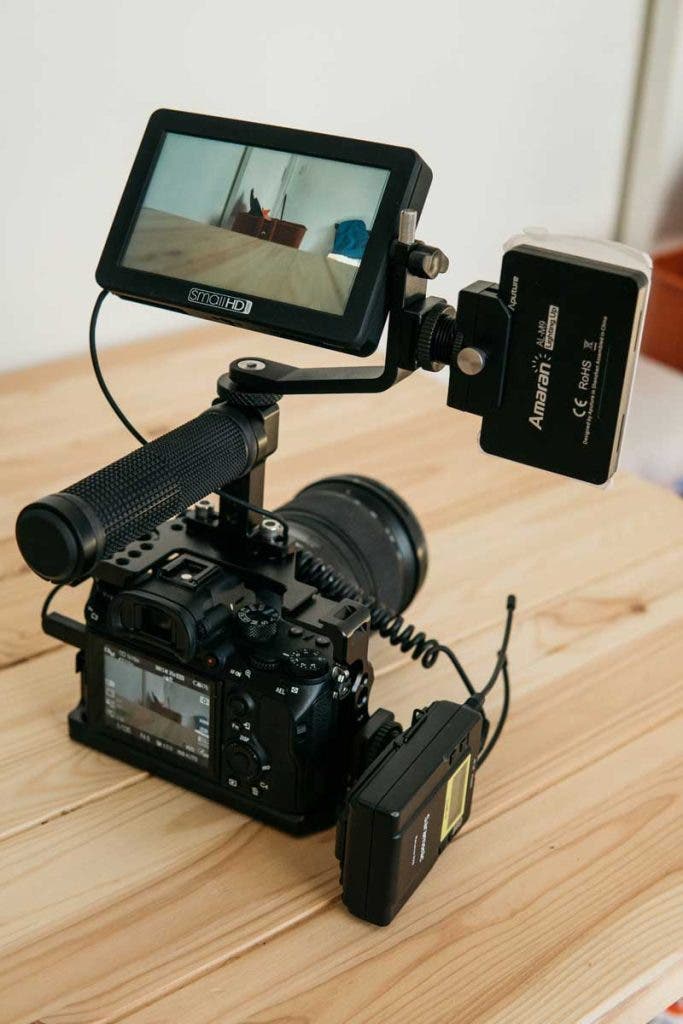
Electronic Viewfinders (EVF)
In the early days of mirrorless cameras, the electronic viewfinder (EVF) was a huge drawback. The resolution was not great, and they became grainy in low light. Today, the EVFs allow us to see in nearly complete darkness and are sharp, bright, and precise. What was once a drawback, improved technology has made into a boon. That being said, a mirrorless camera must be powered up to look through it and compose, making the DSLR still appealing to certain types of photography.
High Speed Shooting with Electronic Shutters
The electronic shutter in mirrorless cameras allows for dramatically fast frame rates compared to DSLRs, with 30 frames per second (fps) being common. The Nikon Z9 can shoot burst at 120fps!
Is a Mirrorless Camera or DSLR Best for You?
Because mirrorless and DSLR cameras are so similar in functionality, the decision of which is the better choice comes down to personal preference and feature selection. There are mirrorless and DSLR options within each price range for everyone from beginners to professionals.
Photographers who plan to take advantage of the videography capabilities in the 4K to 8K range will find more mirrorless cameras to suit their needs. But photogs who prefer the classic experience of using an optical viewfinder should stick to DSLR cameras. Many camera manufacturers seem to be going all in on mirrorless cameras, so new DSLR technology may be harder to come by in the future.
| DSLR | Mirrorless | |
| Price* | $650-$6,499 | $579-$8,795 |
| Size | Large (1-2.5 lbs for body only) | Compact (<1-2.25 lbs for body only) |
| Image Quality | 20-46 MP | 10-61 MP |
*Prices reflect body only, no kits or lenses included

How Much Do Mirrorless Cameras Cost?
Mirrorless cameras exist in every price range, from introductory models in the $400-500 range to professional level cameras at $6,000 and beyond. Mirrorless camera body price depends on sensor size, features, frames per second, autofocus drive, video functionality, quality of electronic viewfinder, and other features and specs.
The easiest way to determine how much you can expect to spend on a mirrorless camera is to make some key decisions about what features matter most to you. Then filter your search results accordingly. As the technology continues to advance and become more widespread, many of the professional-level features are showing up more in consumer models at a lower price.
What are Some of the Best Mirrorless Camera Brands?
All of the top contenders in the DSLR market have made the leap to mirrorless, and some new manufacturers have jumped into the game as well. Canon and Nikon have both shifted development of new products to focus on competing with mirrorless offerings, while Sony continues to set the standard for the industry. Check out our picks for the best full-frame mirrorless cameras of 2024.
Fujifilm, Panasonic, and Olympus have proven to be rising stars in the mirrorless scene as well. Sigma has entered the camera body market after years of producing reliable lenses, too, with the smallest and lightest mirrorless camera available.
Bottom Line: Are Mirrorless Cameras Good for You?
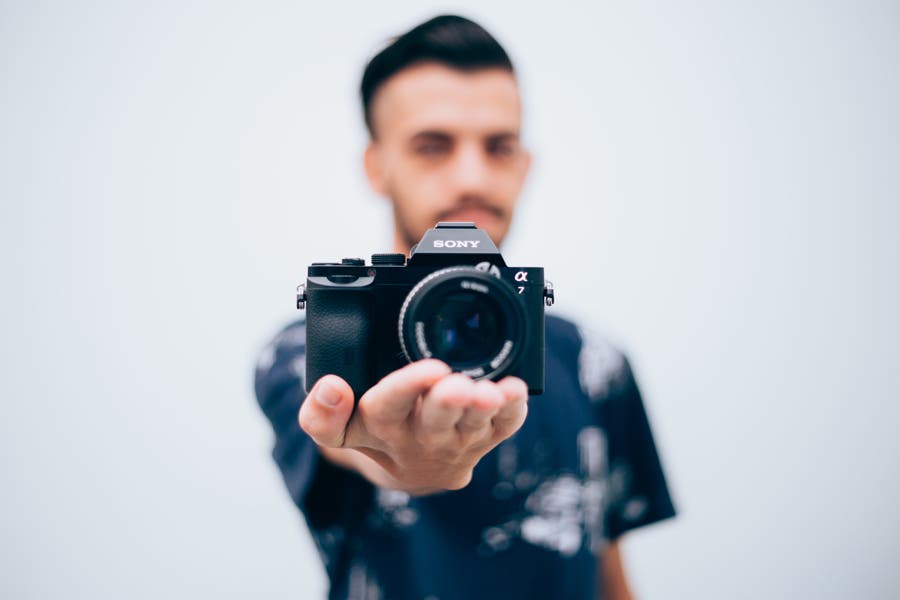
So what is a mirrorless camera? To put it in the simplest terms, it is a DSLR camera in a smaller and lighter package. Both use large sensors, interchangeable lenses, and sophisticated autofocus systems, so the difference lies mostly in their size and inner mechanisms.
In terms of features and specifications, mirrorless cameras and DSLRs are mostly evenly matched. Therefore, if you’re trying to choose between a DSLR or mirrorless, it’s important to consider your needs. In the great Mirrorless vs. DSLR debate, there is no clear winner. Your shooting habits, skill level, and the photography niche you are in will largely dictate which camera is better for you.
Do Mirrorless Cameras Take Better Pictures?
No matter the camera you purchase, you’ll soon find out that it is not the camera that takes better pictures. Instead, it’s your experience, technical skills, and creativity that helps you improve your photography portfolio and not the gear’s performance.
However, a high-performing camera, like a mirrorless camera, helps you take high-quality photographs in less-than-perfect conditions and gives you additional photographic choices if you master the techniques.
Do Professionals Use Mirrorless Cameras?
The short answer is yes. Professionals know exactly what a mirrorless camera is and how to use it to their advantage. They prefer a mirrorless camera when they are on the road or in crowded areas, need a smaller or more silent camera to pass unnoticed, or want to record video footage.
Many nature, action, street, and event photographers enjoy their mirrorless cameras. However, it doesn’t mean that they only use mirrorless cameras. Many professional photographers own more than one camera. Considering you can use an adapter and mount the same lenses on a DSLR and mirrorless body, why not benefit from both camera types?
Which Brand is the Best for Mirrorless Cameras?
Many brands aim to provide the best mirrorless camera for professional photographers. As a result, almost all DSLR manufacturers have added mirrorless cameras to their offer. However, the brand does not dictate what camera you should buy. Instead, you should ask, “What does a mirrorless camera mean for my photography?”
Once you know what a mirrorless camera is, you can easily select a brand that checks the most features on your list. Maybe you want a full-frame sensor, high-performing AF systems, or a wide range of lens options. Choosing a camera is a personal choice, and despite the long list of characteristics, it comes back to your gut feeling, photographic routine, and likely the brand you already know and have bought lenses for.
